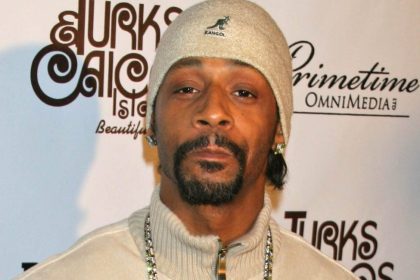Essential facts about hand hygiene and germ protection in modern times

The COVID-19 pandemic reshaped public health practices, bringing hand sanitizer into the spotlight as an essential tool for germ protection. While its use skyrocketed, with children applying it up to 25 times a day and adults averaging nine daily uses, growing evidence suggests hand sanitizers may not be as effective as we think. Over-reliance on these products can create a false sense of security, leaving gaps in personal hygiene routines.
Understanding hand sanitizer effectiveness
Hand sanitizers are undoubtedly convenient, but their germ-fighting power has limits. They are effective against many bacteria and some viruses but fail to combat certain dangerous pathogens. This deficiency is particularly concerning in healthcare settings or during outbreaks of specific illnesses.
Pathogens resistant to hand sanitizer
Some microbes resist alcohol-based sanitizers, posing a threat even with frequent use:
- Norovirus: This highly contagious virus, known for causing severe gastrointestinal distress, shows resistance to standard sanitizers.
- Cryptosporidium: This parasitic infection, causing diarrhea and dehydration, remains unaffected by hand sanitizer.
- Clostridium difficile (C. diff): Common in healthcare environments, this bacterium persists despite rigorous sanitizer application.
Why soap and water remain superior
Traditional hand washing with soap and water continues to be the gold standard for hand hygiene. Unlike sanitizers, washing physically removes dirt, grease, and a broader range of pathogens from the skin’s surface. Proper handwashing, when done correctly, can significantly reduce the spread of germs.
Steps for effective hand washing
- Wet hands thoroughly under clean, running water.
- Apply soap and create a rich lather, covering all hand surfaces, including nails and between fingers.
- Scrub hands for at least 20 seconds, ensuring no area is missed.
- Rinse thoroughly under running water.
- Dry hands completely with a clean towel or air dryer.
Making the most of hand sanitizer
Hand sanitizers remain useful in situations where soap and water aren’t available. However, maximizing their effectiveness requires proper usage.
Best practices for hand sanitizer use
- Ensure the sanitizer contains at least 60% alcohol.
- Use enough to coat the entire surface of your hands.
- Cover all areas, including between fingers and around nails, and rub until hands are dry.
- Don’t wipe off the sanitizer before it dries naturally, as this reduces its efficacy.
Staying healthy during winter
Winter months bring a heightened risk of respiratory illnesses, making effective hygiene more critical than ever. A holistic approach is key to staying healthy:
- Stay up to date with flu shots and other recommended immunizations.
- Wear masks in crowded or high-risk environments.
- Regularly wash hands or use sanitizer when washing isn’t an option.
- Keep track of local illness trends to better protect yourself and your family.
Building better hygiene habits
Strong hygiene routines go beyond knowing when to clean your hands; they involve consistent application and adapting practices to different scenarios.
When to prioritize hand washing
- After using the restroom.
- Before eating or preparing food.
- After coughing, sneezing, or blowing your nose.
- After touching shared surfaces, such as doorknobs or railings.
When hand sanitizer is appropriate
- In public places without access to soap and water.
- After handling money or using public transportation.
- During quick transitions, such as between meetings or errands.
Combining methods for better protection
Hand sanitizers will always have a role in hygiene, but their limitations mean they shouldn’t replace hand washing entirely. Embracing both methods—along with a deeper understanding of when and how to use them—creates a more robust defense against germs.
Incorporating traditional practices like handwashing, using sanitizer when necessary, and being mindful of hygiene habits ensures you’re better protected against illness year-round.













